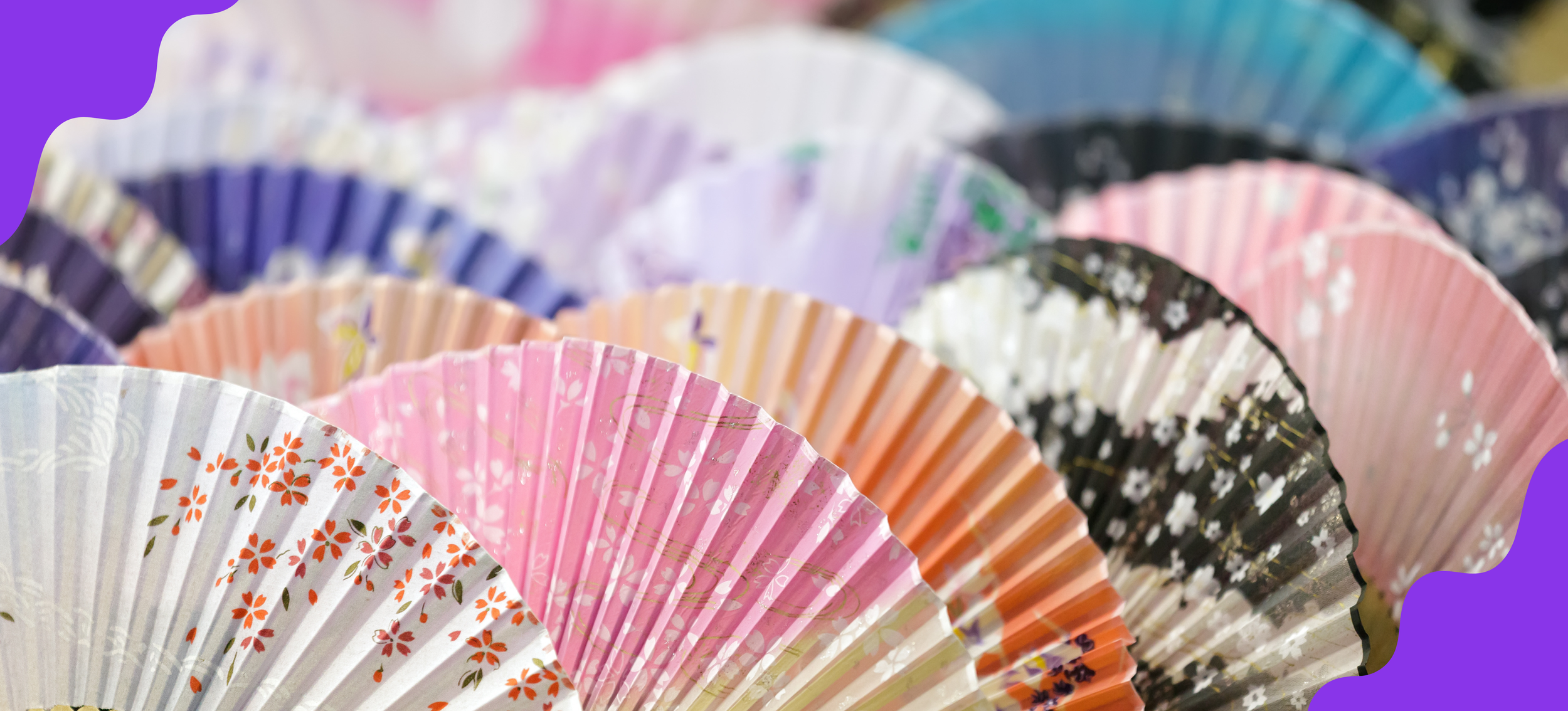A Leap of Faith: Supporting Your Child In and Out of Dance Class
Supporting Your Child's Love of Dance
Supporting your child’s journey through the world of dance is more than just driving them to and from classes. If your child is young, brimming with energy, and shows an early love for dance, encouraging this dynamic art form can be a wonderful way to channel their boundless enthusiasm into something constructive and joyful.
Dance not only offers a fun outlet for their energy but also fosters creativity, discipline, and a sense of achievement. As children grow and their affection for dance deepens, this early foundation can transform from a casual interest into a serious pursuit. For children who are older and already serious about dance, this commitment can shape their discipline, focus, and resilience, providing lessons that extend far beyond the dance studio. The best dancers are those who love what they do.
So, how do we be the best support team possible?
The Art of Listening and Encouraging
For the Littlest Stars
For younger children, your role is all about being their biggest fan and keenest listener. Show genuine interest in their dance activities, ask about their favorite parts of class, and make a point of being present at their performances.
It's these moments of showing up that tell them you value their passion and saying "What you love matters to me.”
Be Prepared for Surprises
Hold onto your hats because the dance journey is full of surprises. Show an interest in various types of dance, from the disciplined elegance of ballet- often seen as the foundation of dance skills- to the rhythmic pattern of tap.
Be Prepared for Surprises
At the same time, be prepared for lots of dances they learned on TikTok, and make sure to help them approach any less-common dance interests (Māori War Dances or Japanese Kabuki, anyone?) with the same enthusiasm you have for the mainstream stuff.
What was boring on Monday could be the coolest thing on earth by Friday, and the style they’re enamored with now might just be a stepping stone to an entirely unexpected kind of dance.
Tweens and Teens
As they hit the tween and teen years, shift gears a bit. Now's the time to chat about the bigger lessons dance teaches - teamwork, responsibility, juggling schedules like a pro, and sticking to things even when they get tough.
This isn't about pushing them to perform on the Paris stage or getting their picture in the New York Times, either: Whether their goal is to be a professional dancer in adulthood or find new passions to move on to, these are golden lessons that'll help them for the duration of school, future careers, and, well, life.
Supporting the Support System
Keeping up with your child’s dance activities means more than just marking recital dates on the calendar. Encourage a relationship of respect and open communication between your child and their dance teachers.
Supporting the Support System
If you need to step in, approach teachers with respect and a collaborative spirit. Your goal is to be a partner in your child’s dance education, not just a spectator.
This could mean researching summer dance programs together, keeping track of studio events like showcases, and being proactive in your involvement, but it can also mean nudging your child to communicate independently, speak up in large groups of people, share their goals and be receptive to feedback.
Equipped for Success
Accessories are only the beginning
Having the right tools can make all the difference. Whether it's investing in a quality mattress for that essential sleep, grabbing a foam roller for muscle recovery, or ensuring they have the proper dance shoes, these are the building blocks for a dancer's success.
And it's not all about the accessories, either: if you can swing it, creating a little dance space at home can be a game-changer, giving them room to practice, create, and simply move.
Sleep, Eat, Dance, Repeat
Even the youngest dancers are little athletes; A dancer's body is their instrument, which means fuel and rest are non-negotiables. Establish routines that ensure your child gets enough sleep and eats a balanced diet. Setting up routines for good sleep and healthy eating can make a huge difference in their energy levels and performance.
Think of it as the backstage work that makes the onstage magic happen.
Finding the Right Balance
As kids grow dance becomes a more significant part of their life, often requiring a delicate balance of school, dance, and downtime. Here, your role evolves into helping them find that balance.
This means supporting them in managing their commitments and ensuring they have time to relax and enjoy other aspects of their life.
"The thing about dancers is they're a certain breed. You don't do it to become rich and famous, you don't do it to have a really long career or to be the star, you do it because you can't imagine your life not doing it." - Cat Deely Lincoln, via WikiQuote
Frequently Asked Questions
Frequently Asked Questions
How can I learn to dance?
Learning to dance can be a great experience. Depending on your preferences and resources, you can try taking a local dance class, enrolling in a workshop or one-time lesson, or searching up dance lessons online.
Whether you find an app or a subscription to your favorite YouTube dance teacher, the internet holds infinite possibilities. Keep in mind, though, that online options won't give you the same care, attention to detail and injury prevention that a real life dance teacher provide.
How can dance benefit kids and young adults?
Dance offers a wide range of benefits for kids and young adults.
It promotes physical fitness and coordination, helping develop strength, flexibility, and endurance.
Dance enhances cognitive skills such as focus, memory, and creativity.
It has also been shawn to improve social skills by encouraging teamwork and cooperation.
Dance provides an outlet for self-expression and boosts self-confidence.
What is the history and origin of dance?
In our opinion, the history of dance goes back to the first person to find joy in movement for its own sake. You'll find that almost every culture has their own unique history of dance, each equally rich and culturally important. However, when we think of dance, there's a good chance we're thinking of Ballet, Hip Hop, Latin, South Asian or contemporary dance. Each one its own huge topic. One of our favorite resources for history and media of all types of dance is the amazing Dance Archive.
And For a fun breakdown of the movers and shakers of contemporary dance over the years- including dancers, choreographers, and those committed to equality in theatre- check out our article "Moving with the Times: Key Players in Contemporary Dance". You might not know who Martha Graham is yet, but she was only the beginning.








